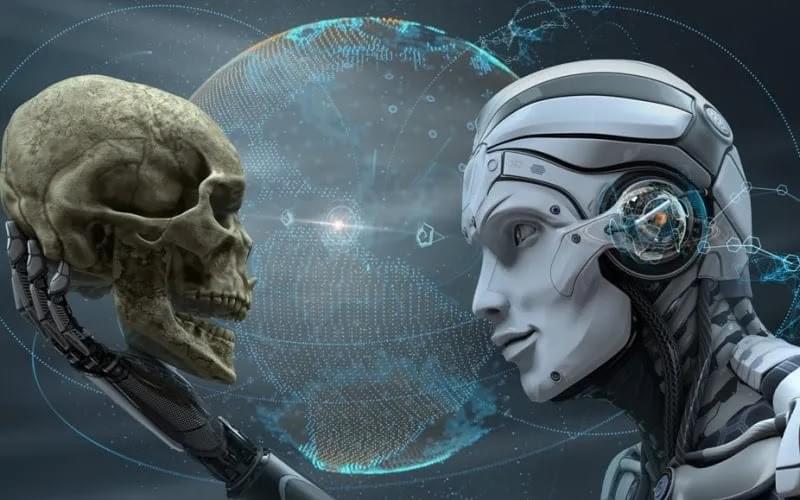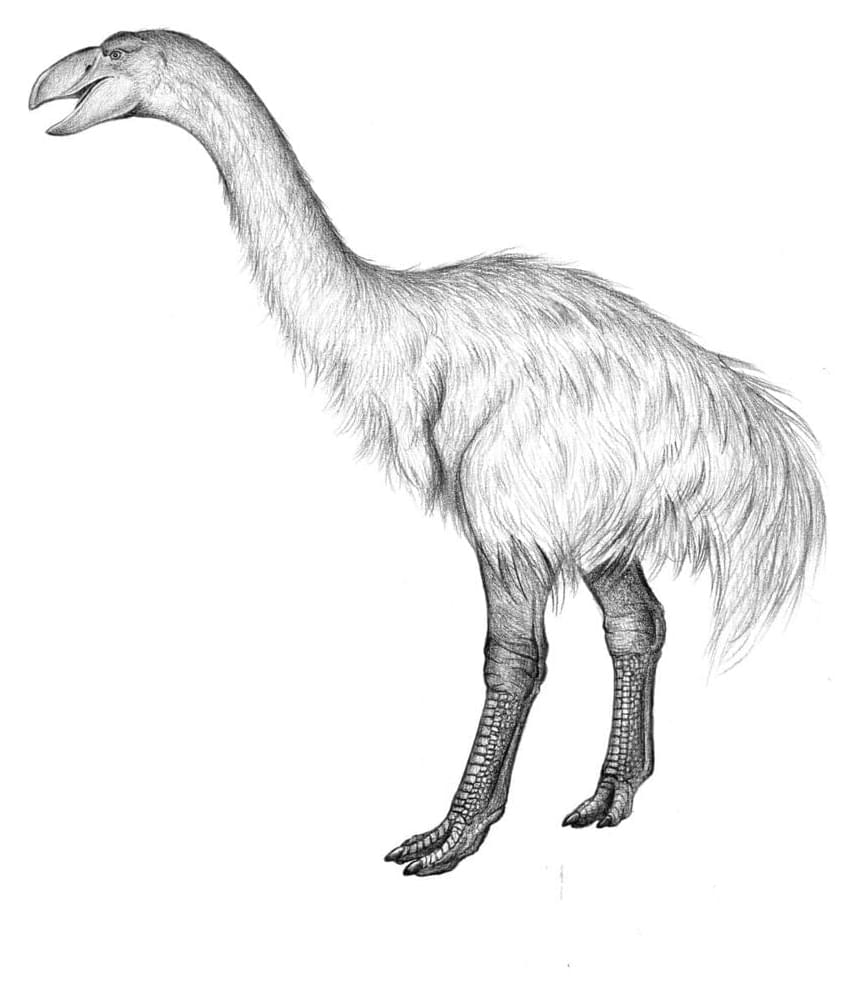Incredible and somewhat frightening visions of the future will become a reality in the coming decades. According to futurologists, people of the future will gain immortality and will live in the body of a machine. Dr. Ian Pearson predicts that a person will be able to transfer his mind into a computer and one day he will go to a funeral where his previous biological body will be buried. Like anomalien.com on Facebook To stay in touch & get our latest news Cyborgization has some good sides. Let us take into account that we will be able to exchange each of…







